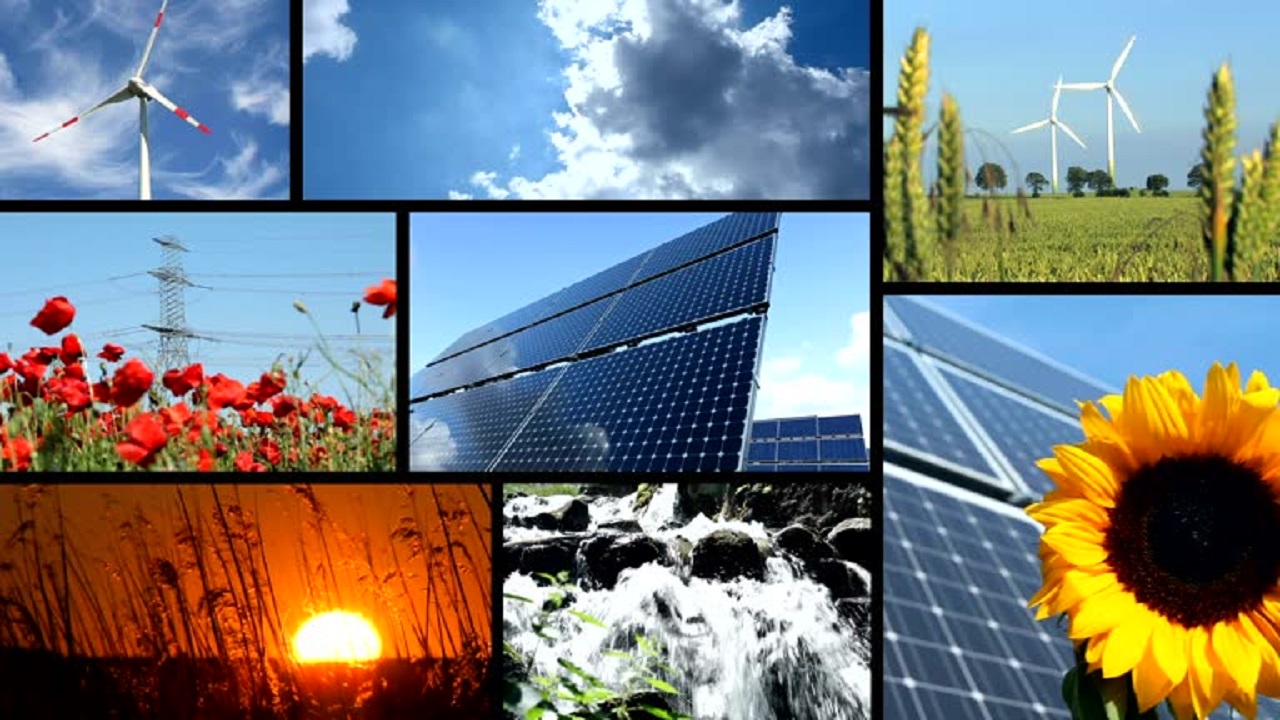Energy Equity and Ecology: India’s Green Power Shift
Context:
India has achieved 50% of its installed electricity capacity from non-fossil fuel sources, five years ahead of the 2030 target set under its Nationally Determined Contributions (NDCs) to the Paris Agreement. This marks a significant step toward low-carbon development while maintaining energy security.
What is the 50% Non-Fossil Fuel Capacity Milestone?
-
As of June 30, 2025, India's total installed electricity generation capacity stands at 484.82 GW.
-
Out of this, non-fossil fuel sources contribute 50.08%, crossing the halfway mark.
-
Break-up of Installed Capacity:
-
Thermal (fossil-based): 241.04 GW (49.92%)
-
Renewable Energy (RE): 184.62 GW
-
Large Hydro: 49.38 GW
-
Nuclear: 8.78 GW
-
Total Non-Fossil Fuel Capacity: 242.78 GW (50.08%)
-
Key Factors Behind This Achievement:
-
Strong Political Will:
-
Consistent policy direction and funding from the central government, especially under PM Modi and the Ministry of New and Renewable Energy (MNRE).
-
-
Private Sector Participation:
-
Increased investments from Indian and foreign companies in solar, wind, and hybrid technologies.
-
-
Progressive State Initiatives:
-
States like Gujarat and Tamil Nadu took the lead with renewable energy parks and wind corridors.
-
-
Digital Infrastructure:
-
Implementation of smart meters, EV charging stations, and digital grid balancing tools for better renewable integration.
-
-
International Cooperation:
-
Collaborations under frameworks like the International Solar Alliance (ISA) and Just Energy Transition Partnership (JETP) enabled technology transfer and concessional financing.
-
Challenges and Concerns:
-
Grid Instability:
-
Renewable energy's variable nature makes grid frequency balancing more difficult.
-
-
Land Conflicts:
-
Solar and wind projects sometimes displace farmlands, forests, or community spaces, leading to environmental and social disputes.
-
-
Storage Deficiencies:
-
Limited availability of large-scale battery storage or pumped hydro affects 24/7 renewable supply.
-
-
Intermittency Issues:
-
Solar and wind generation depends on weather and time, making supply less predictable.
-
-
Cybersecurity Threats:
-
As power systems digitalise, they face risks of hacking, malware, and cyber disruptions.
-
Way Forward:
-
Grid Modernisation:
-
Upgrade to AI-driven, smart grids with two-way communication and accurate demand forecasting.
-
-
Expand Storage Solutions:
-
Invest in Battery Energy Storage Systems (BESS) and pumped hydro to stabilize renewable energy flows.
-
-
Promote Circular Economy:
-
Create systems to recycle solar panels, batteries, and wind turbines, reducing environmental waste.
-
-
Ensure Energy Equity:
-
Encourage rooftop solar and microgrids in rural, tribal, and underserved areas for inclusive access.
-
-
Scale Up Green Hydrogen:
-
Develop green hydrogen as a clean fuel for transport, steel, cement, and oil refineries.
-
-
Strengthen Cyber Resilience:
-
Enhance digital security through firewalls, real-time monitoring, and national cybersecurity frameworks.
-
Conclusion:
India reaching 50% non-fossil fuel installed capacity ahead of schedule reflects the compatibility of climate action with economic growth. It bolsters India's image as a global clean energy leader. Moving forward, the emphasis must be on building a resilient, inclusive, and intelligent energy ecosystem that supports long-term sustainability and energy justice.




Comments (0)